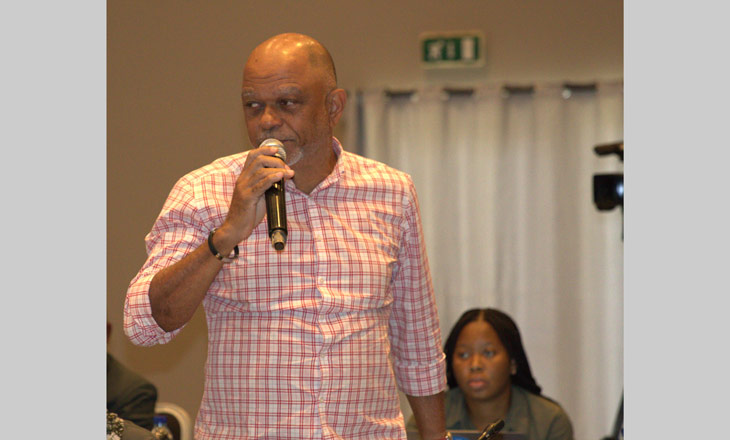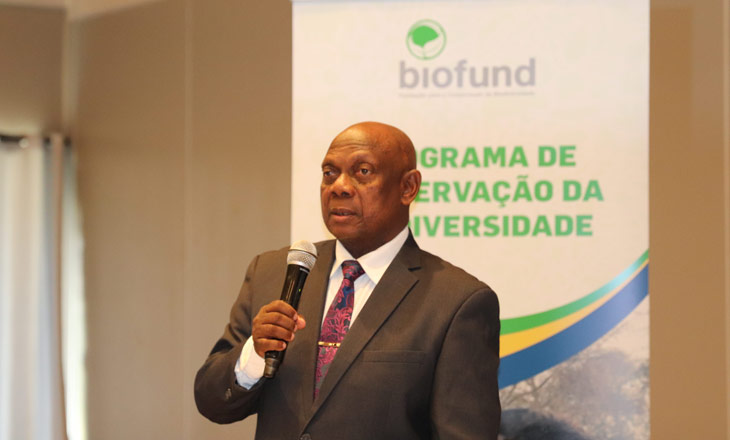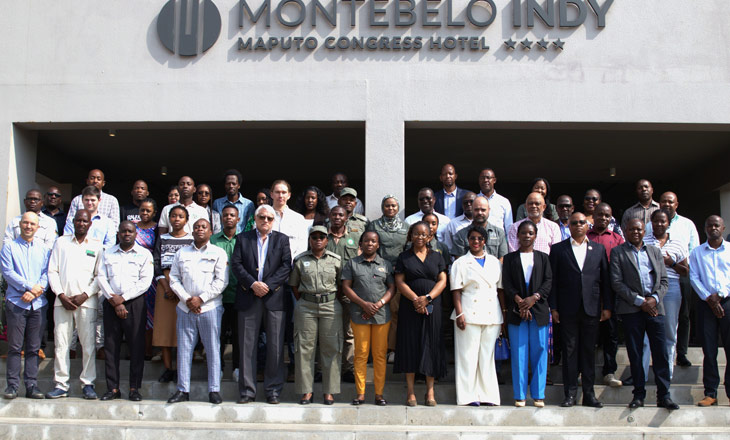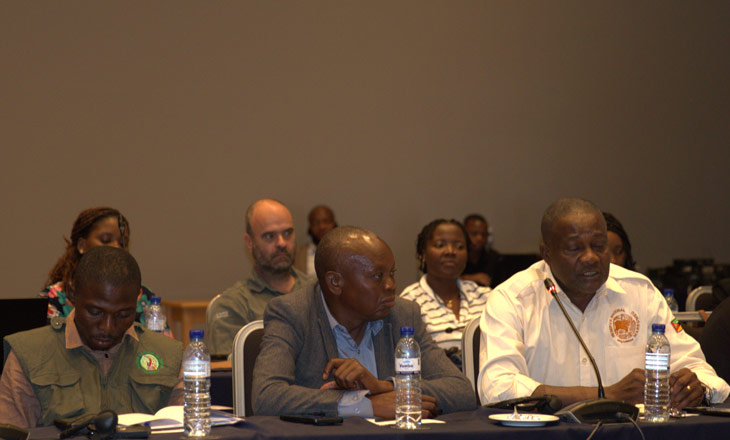A Planning Seminar for the National Elephant and Large Mammal Census was held yesterday in Maputo City. The hybrid meeting brought together 86 participants, 51 attending in person and 35 virtually. The National Elephant Census will take place from September 20 to October 30 of this year, covering the entire national territory. It will be conducted by the Center for Agricultural and Natural Resource Management Studies (CEAGRE) in partnership with BassAir Aviation. The initiative is led by the National Administration of Conservation Areas (ANAC), in collaboration with the Foundation for the Conservation of Biodiversity (BIOFUND), and funded by the Government of Sweden. The effort also counts on support from several institutions, notably the International Union for Conservation of Nature (IUCN).
Published at 12/09/2025
Mozambique Begins Preparations for the National Elephant and Large Mammal Census
During the opening, ANAC’s Deputy Director-General, Severiano Khoy, highlighted the importance of this exercise for assessing the current status of elephant and large mammal populations in the country. He further emphasized that “Mozambique has been striving to consolidate innovative mechanisms for biodiversity conservation, and this census is a unique opportunity to obtain robust data that will guide effective policies and measures to conserve, promote, and ensure the sustainable use of wildlife.”
BIOFUND, represented by the Coordinator of the Biodiversity Conservation Program, Samiro Magane, expressed gratitude for the involvement of partners and emphasized the relevance of the support received:
“BIOFUND’s experience shows that with predictable and structured financing, it is possible to build stronger foundations for biodiversity conservation. Donor support has been essential to enable large-scale initiatives, such as the inventory of natural resources and the capacity building of technicians from the National Conservation Areas System for the management and protection of biodiversity.”
The methodology presented foresees coverage of 90 to 95% of the area where elephants normally roam, totaling 171,763 km², and has as its main objectives:
- Estimating the abundance and distribution of elephant populations and carcasses;
- Calculating carcass ratios as an indicator of mortality;
- Spatially documenting the areas of species occurrence.
CEAGRE emphasized that the census will provide essential data for managing elephant populations, including estimates of abundance, spatial distribution, and carcass mortality indices. In addition, it will generate valuable information on other wildlife species that share the same habitats, contributing to analyses of ecological interactions, spatial use patterns, and integrated conservation strategies.
The Planning Seminar featured technical discussions on the methodology and operational safety, underscoring the importance of ensuring scientifically robust results recognized by the IUCN African Elephant Specialist Group (AFESG/IUCN–SSC).
Through this exercise, BIOFUND reaffirms its commitment to biodiversity conservation, mitigation of human-wildlife conflict, and the fight against poaching, ensuring updated and reliable information for the sustainable management of natural resources.





